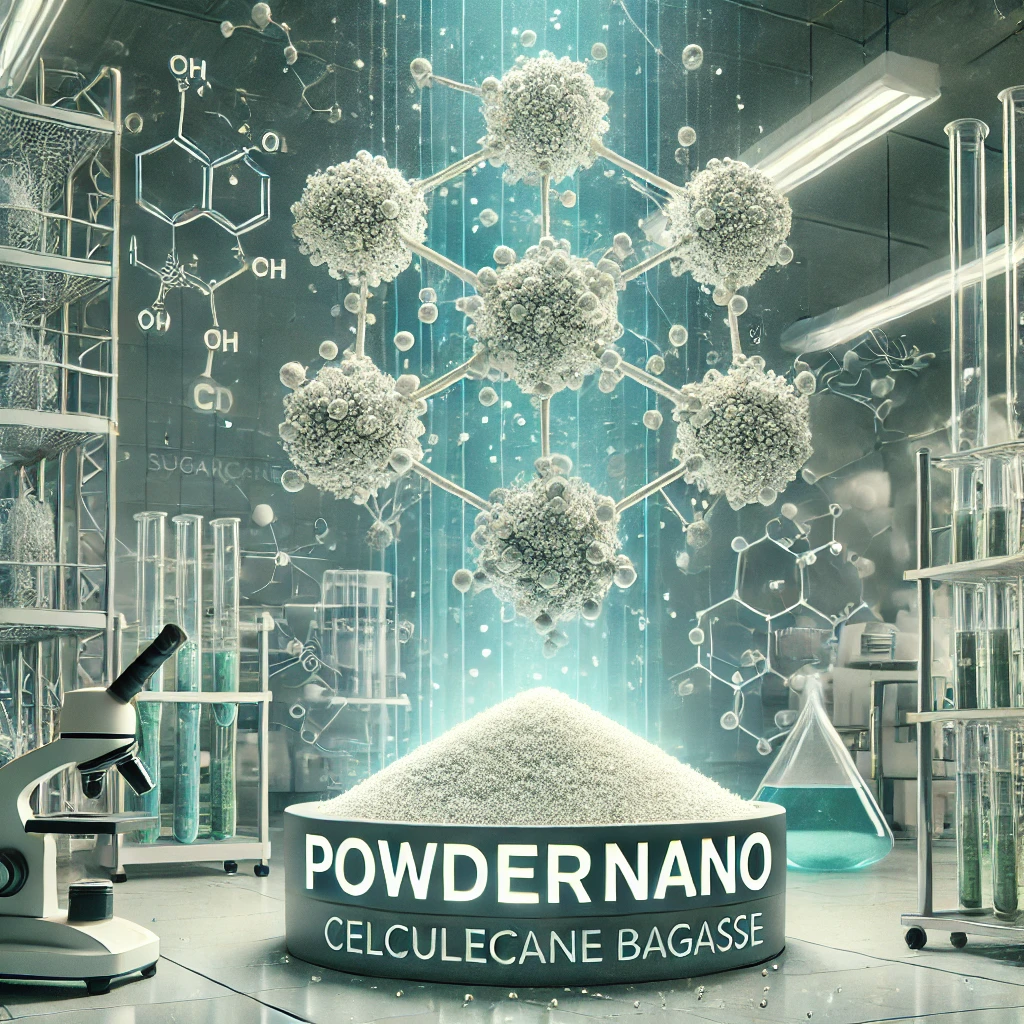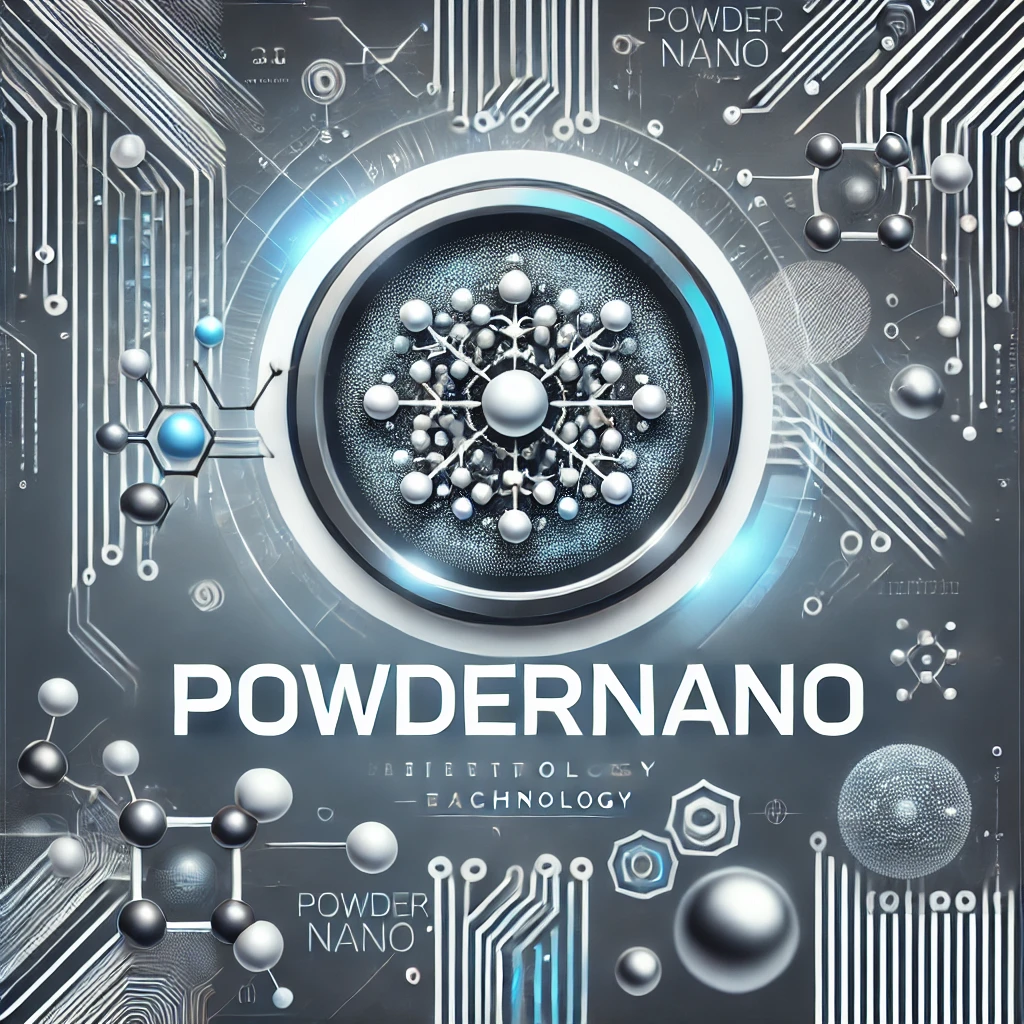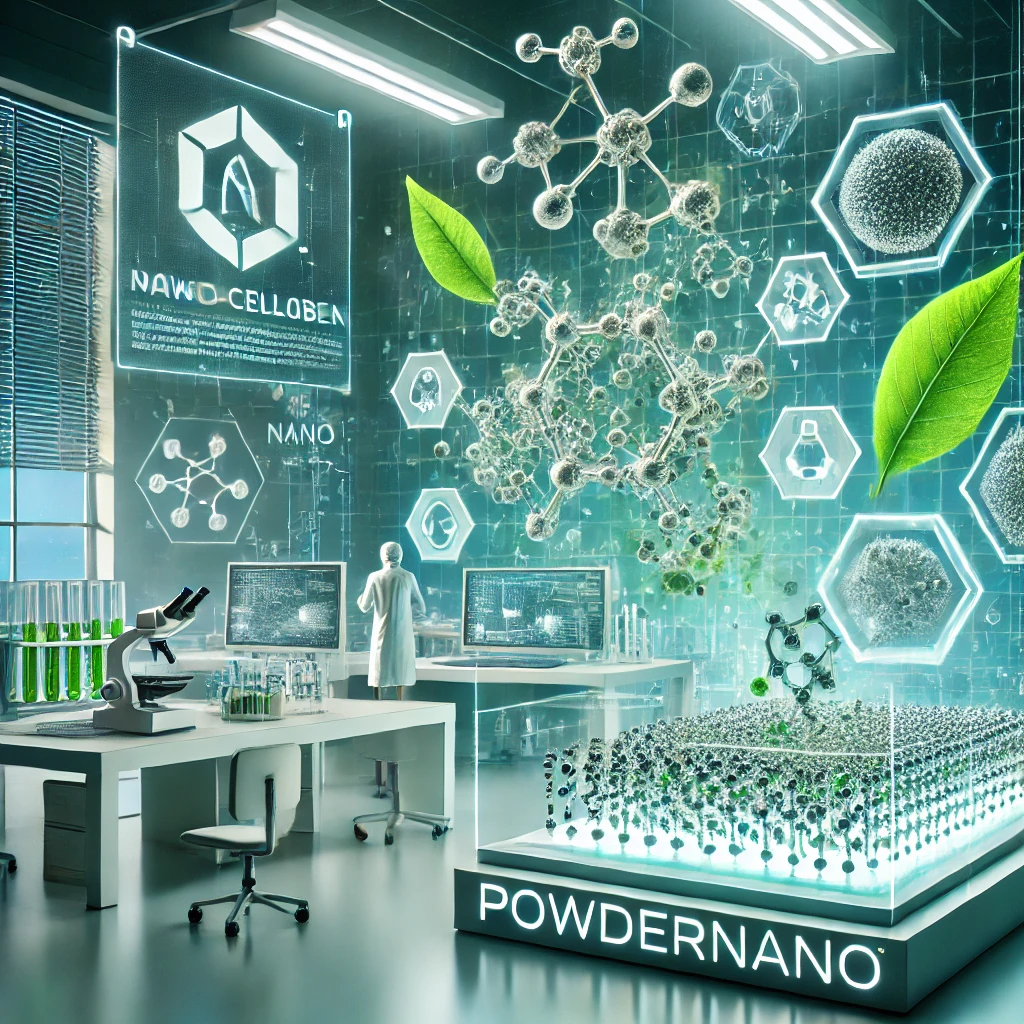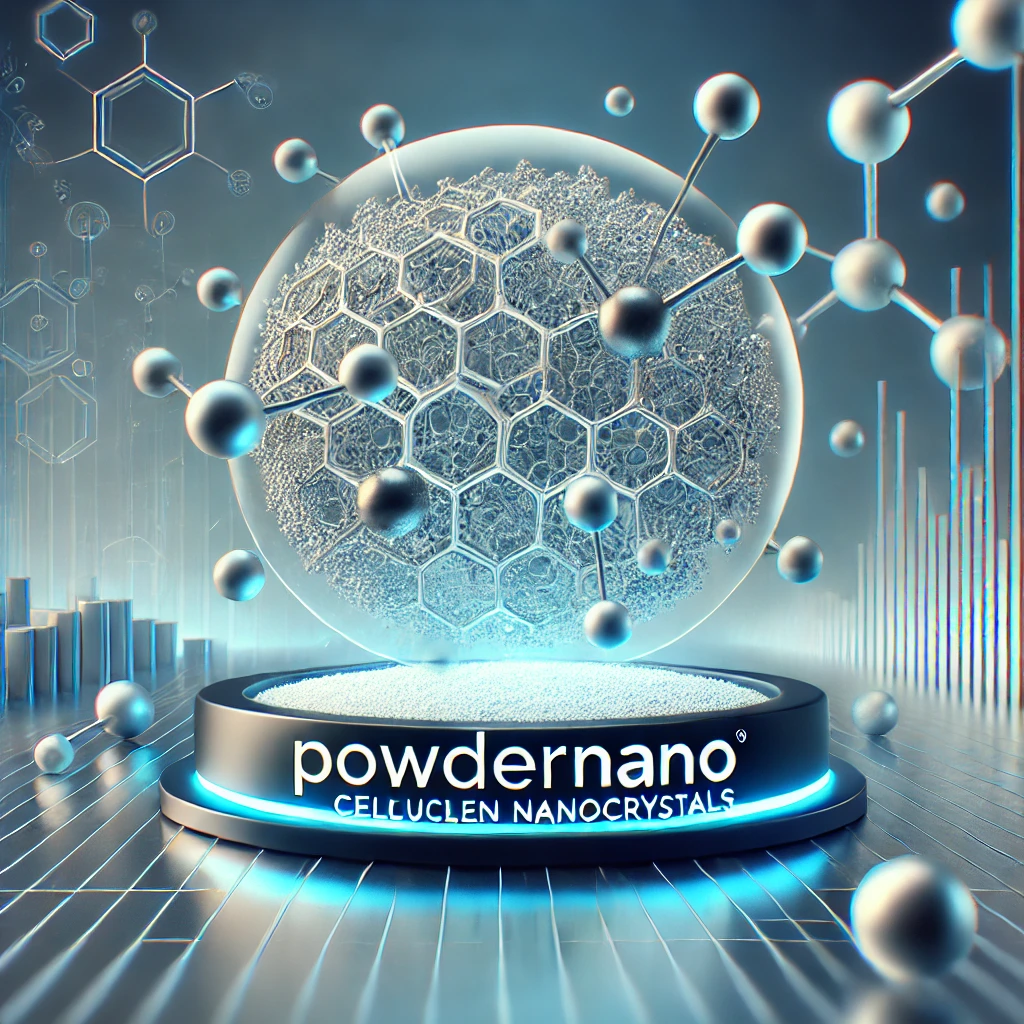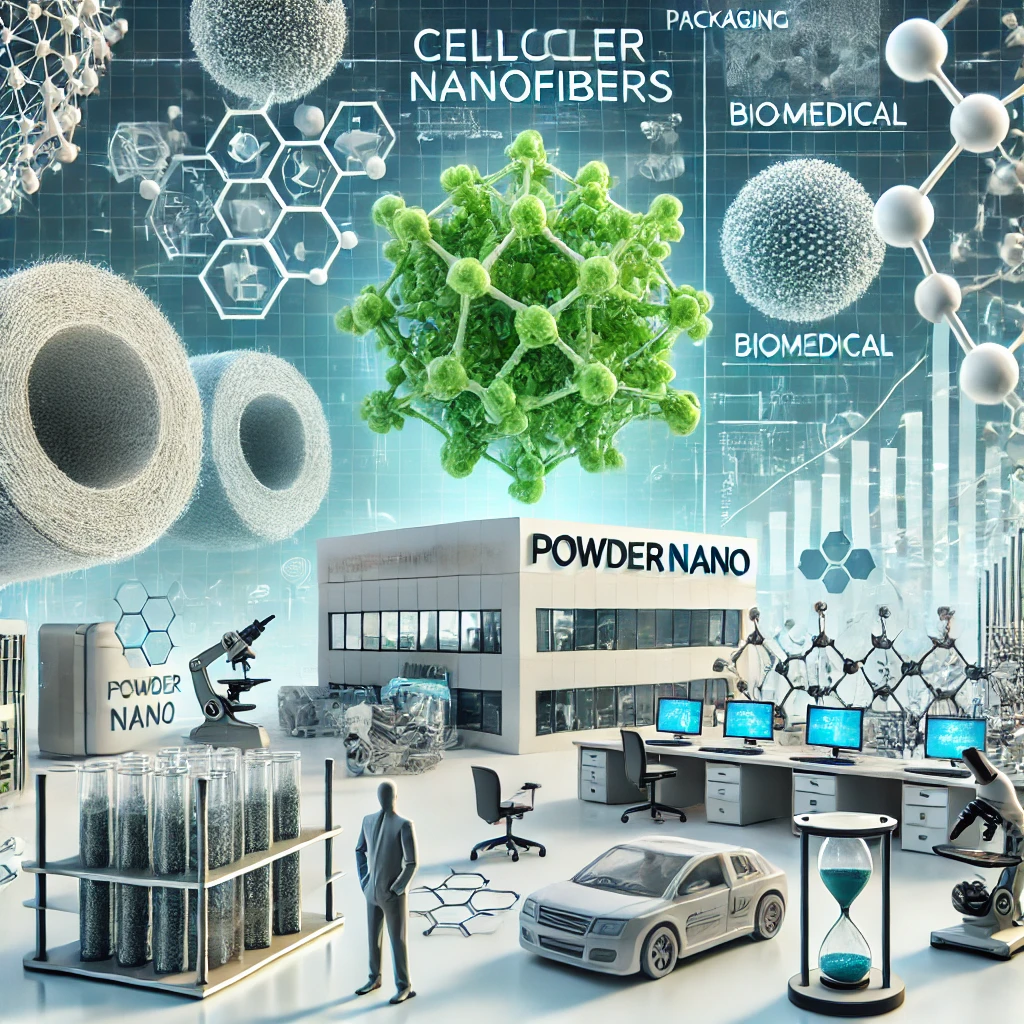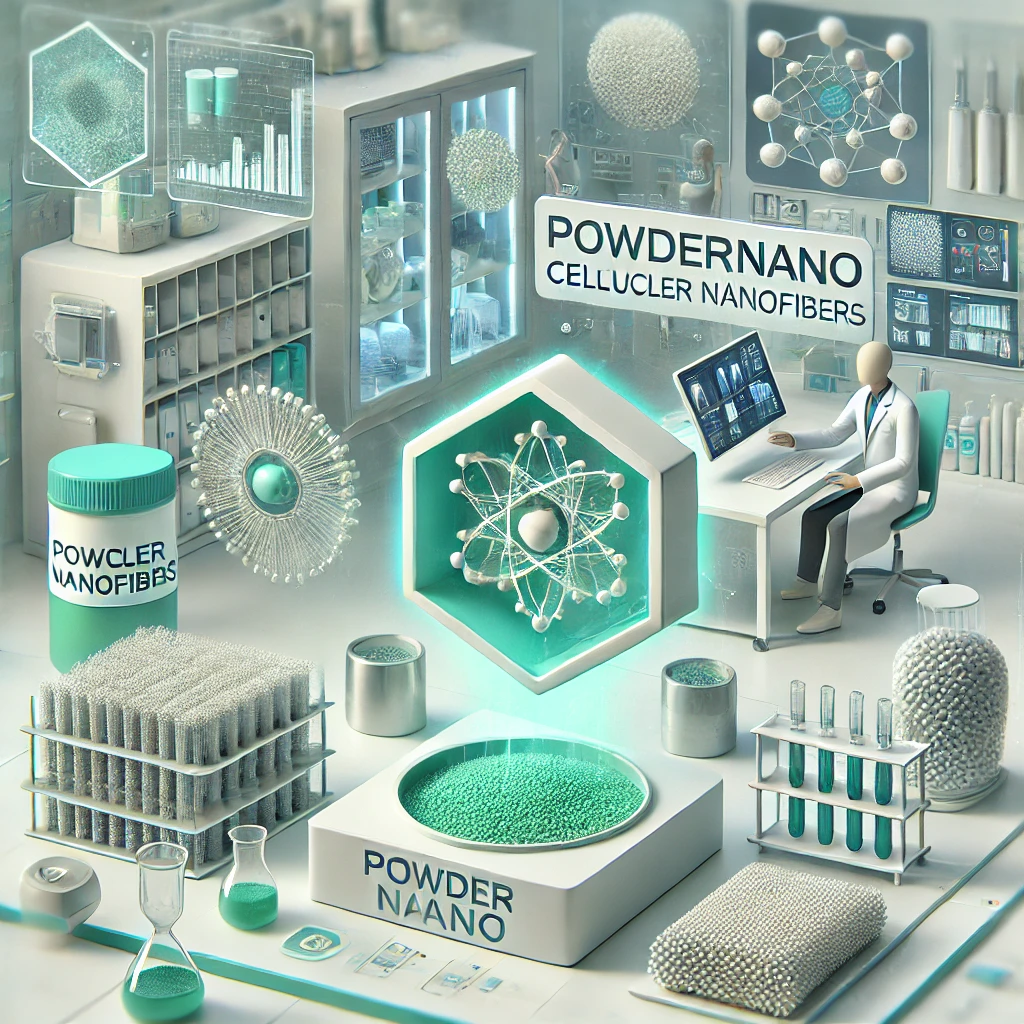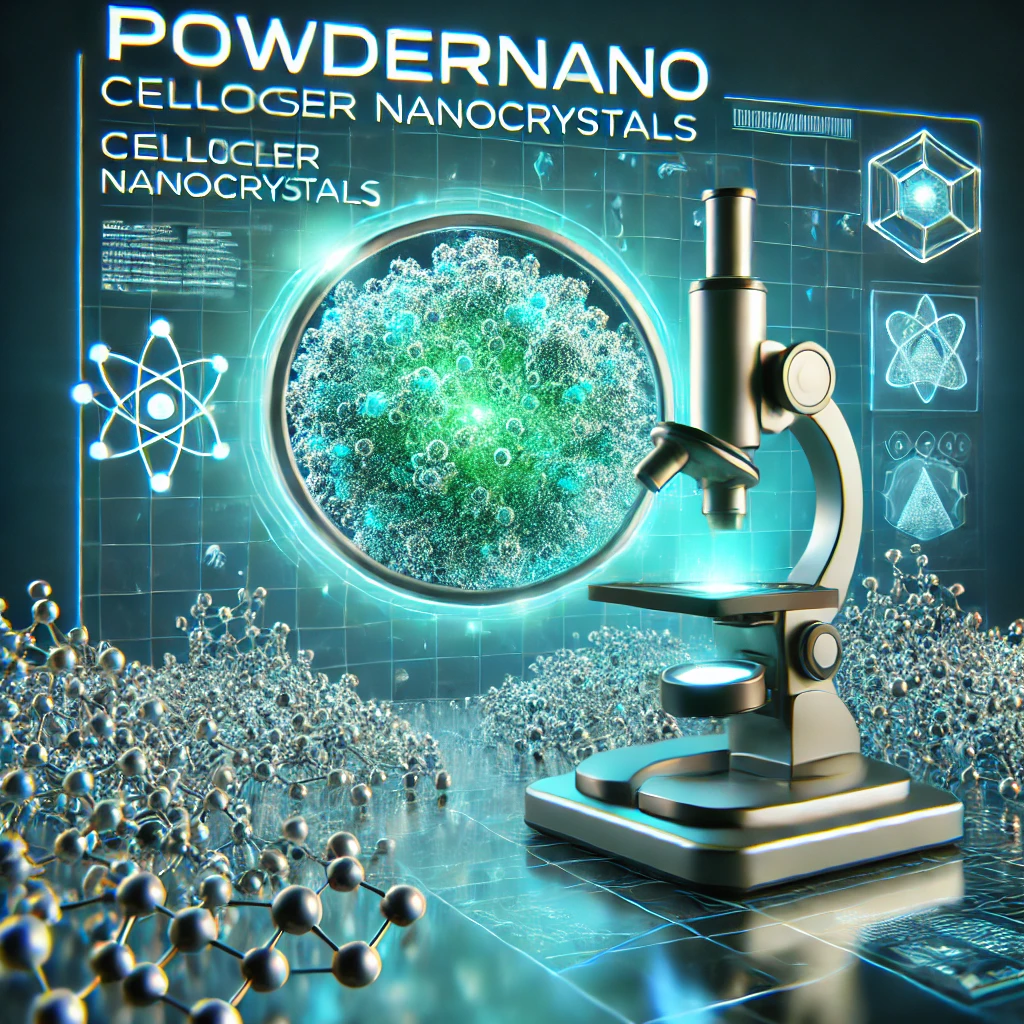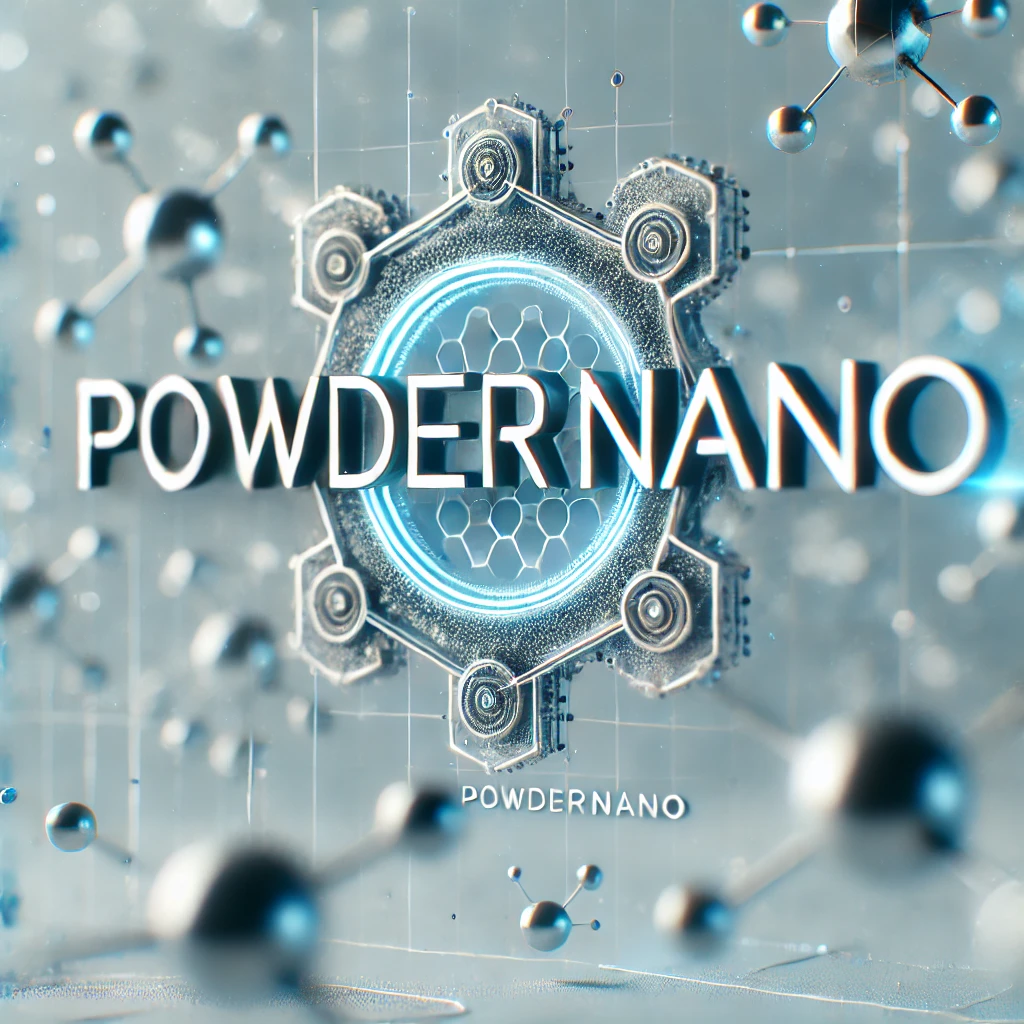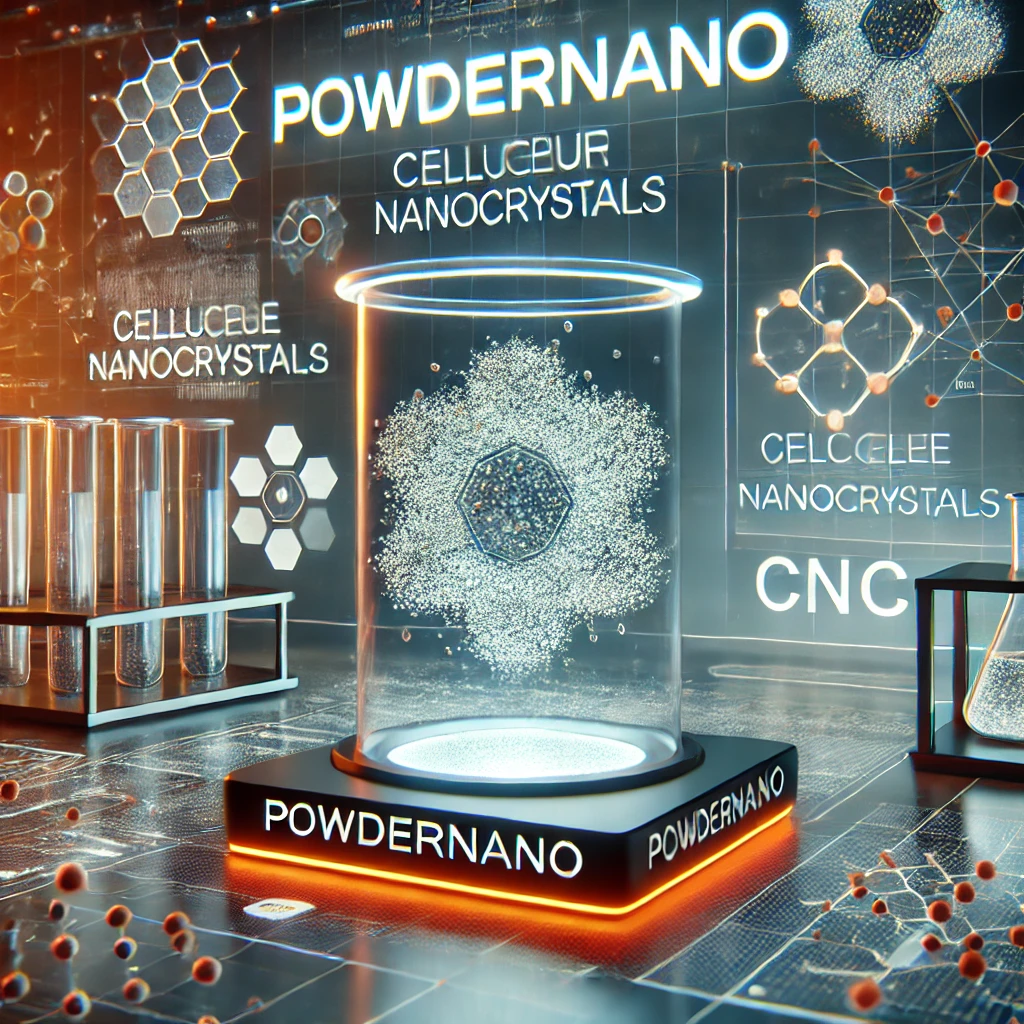Introduction to Cellulose Nanofibers
Cellulose, the most abundant terrestrial biomass resource, holds incredible potential for sustainable conversion into biofuels and high-value bioproducts. At the core of this transformation lies cellulose nanofibers (CNFs), which offer unique advantages due to their structural composition and properties. Understanding their catalytic formation and conversion mechanisms remains an area of active research. By leveraging single-molecular insights, recent studies have shed light on how CNFs can be effectively broken down and reassembled for enhanced biofuel production.
At PowderNano, we specialize in providing high-quality nanomaterials for various industrial applications. Our commitment to innovation ensures that we stay at the forefront of advancements in cellulose nanofibers, helping industries transition towards a more sustainable future.
Understanding the Structure of Cellulose Nanofibers
Cellulose consists of β−1,4-glucan chains that align to form crystalline microfibrils. These structures provide strength and flexibility to plant cells, but they also exhibit resistance to enzymatic hydrolysis, a characteristic that makes biomass conversion into biofuels challenging. A key area of research is the amorphous regions within cellulose, which play a crucial role in enzymatic breakdown.
Studies on the fragile culm 16 (Osfc16) rice mutant have provided valuable insights into cellulose nanofiber assembly. The mutation in this rice variant leads to a high density of amorphous cellulose regions, resulting in increased enzymatic accessibility. By leveraging advanced techniques such as atomic force microscopy (AFM) with single-molecular recognition systems, researchers can observe these breakpoints and study the enzymatic processes that facilitate cellulose hydrolysis.
Enzymatic Hydrolysis and Biomass Saccharification
One of the most promising aspects of cellulose nanofibers is their potential for efficient enzymatic hydrolysis. Enzymes such as endoglucanase (EG) and cellobiohydrolase (CBH) initiate the breakdown of cellulose at amorphous regions, leading to the production of fermentable sugars. These sugars can then be utilized in biofuel production, offering a sustainable alternative to fossil fuels.
Key findings from recent studies indicate that the Osfc16 rice mutant exhibits a 2.3-fold increase in hexose yield after enzymatic hydrolysis. This remarkable improvement is attributed to the increased number of amorphous cellulose breakpoints, which act as initiation sites for enzymatic catalysis. Such discoveries pave the way for genetically engineered crops designed for higher biofuel yields.
At PowderNano, we are exploring innovative solutions to optimize cellulose nanofiber applications in biofuel production. By enhancing the enzymatic hydrolysis process, we aim to contribute to a more efficient and cost-effective bioenergy sector.
Chemical Catalysis and Nanocrystal Formation
Beyond enzymatic hydrolysis, chemical catalysis plays a crucial role in the transformation of cellulose nanofibers into nanocrystals. Acid hydrolysis using sulfuric acid (H2SO4) has been demonstrated as an effective method to cleave amorphous regions and isolate cellulose nanocrystals (CNCs). These nanocrystals possess reduced dimensions, making them ideal for applications in high-value nanomaterials.
Recent research indicates that cellulose nanocrystals derived from the Osfc16 mutant exhibit a 26% reduction in length and a 25% reduction in diameter compared to wild-type samples. Such modifications enhance the surface area-to-volume ratio, improving the reactivity and applicability of CNCs in various industries, including pharmaceuticals, food packaging, and biomedical engineering.
At PowderNano, we recognize the potential of cellulose nanocrystals in advanced material applications. By refining chemical catalysis techniques, we strive to produce high-quality CNCs tailored to industry needs.
Applications of Cellulose Nanofibers in Industry
The versatility of cellulose nanofibers extends beyond biofuel production. Industries across the globe are harnessing their unique properties for applications in:
- Food and Beverage Industry – CNFs improve food texture, act as stabilizers, and serve as dietary fiber supplements.
- Biomedical Engineering – CNFs are used in drug delivery systems, wound dressings, and biocompatible scaffolds.
- Nanocomposites – CNFs enhance the strength and durability of biodegradable plastics.
- Water Purification – CNFs serve as effective filtration materials due to their high surface area and adsorption capacity.
- Textiles and Coatings – CNFs contribute to the development of lightweight and durable fabric materials.
At PowderNano, we are committed to expanding the applications of cellulose nanofibers through research and development. Our goal is to provide innovative nanomaterial solutions that drive sustainable advancements across multiple industries.
Future Prospects and Innovations
As research on cellulose nanofibers advances, several key areas hold promise for further development:
- Genetic Engineering of Crops – By modifying cellulose biosynthesis pathways, scientists can create plant variants optimized for CNF extraction and biofuel production.
- Enhanced Enzyme Formulations – Developing more efficient enzymatic cocktails can significantly improve biomass saccharification rates.
- Eco-friendly Chemical Processing – Finding sustainable alternatives to acid hydrolysis will reduce environmental impact while maintaining high yields of CNCs.
- Scalability and Commercialization – Scaling up CNF production while reducing costs remains a priority for widespread industrial adoption.
At PowderNano, we are dedicated to staying ahead in the field of nanotechnology. By investing in research and innovation, we aim to provide cutting-edge solutions that maximize the potential of cellulose nanofibers.
Conclusion
The study of cellulose nanofibers and their transformation into biofuels and high-value bioproducts represents a significant leap toward sustainability. Advances in enzymatic and chemical catalysis are unlocking new possibilities for efficient biomass conversion, leading to increased biofuel yields and improved material applications.
At PowderNano, we are proud to contribute to this evolving field. Through continuous research and development, we strive to harness the full potential of cellulose nanofibers, driving innovation and sustainability across industries. As the global demand for renewable resources grows, cellulose nanofibers will play a pivotal role in shaping the future of bio-based materials and energy production.
https://powdernano.com/product/cellulose-nanocrystal-nanocrystalline-cellulosecnc/

